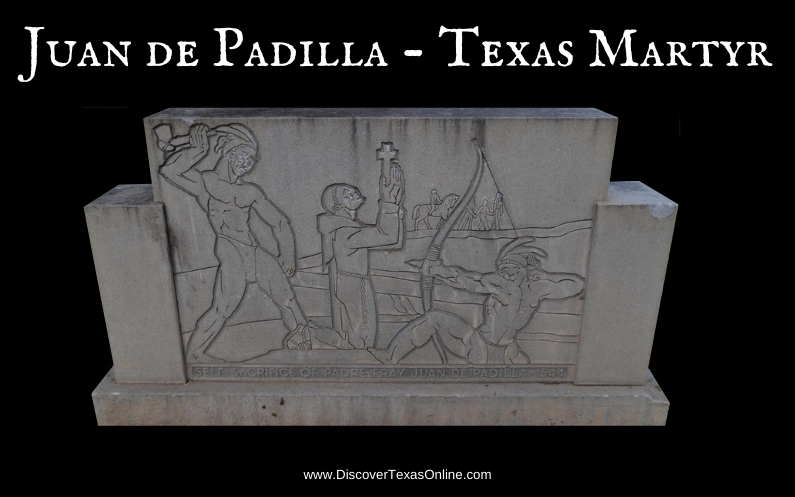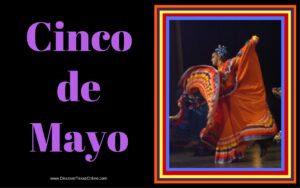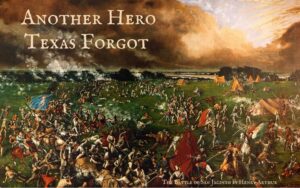
It’s interesting to notice the things history remembers about someone who lived 500 years ago. We know that Juan de Padilla was born in Andalucia, Spain, but we don’t know when. We know that he died on November 30, 1544, but we’re not sure exactly where. We do know, though, a few important things that he did with his life.
After serving as a soldier, Juan de Padilla joined the Franciscan order and became a monk. His signature first appears on a letter from the New World dated October 19, 1529. He was chosen to accompany Hernando Cortés on an expedition to the Orient, but the ships they planned to take were no longer seaworthy. So Padilla stayed in New Spain, working with the native people who lived between Vera Cruz and Puerto Vallarta. His work required him to travel long distances, so perhaps it prepared him when he was chosen as one of two priests who accompanied Francisco Coronado on an expedition north in 1540 to the western edge of what is now Arizona, then across northern New Mexico and across the Great Plains of the Texas panhandle, where he conducted a service of thanksgiving in Palo Duro Canyon in 1541 before continuing on to what is now the state of Kansas. They never found Quivira, the fabled City of Gold that Coronado sought.
When the expedition ended and Coronado withdrew to New Spain in the spring of 1542, Padilla stayed behind to continue his missionary efforts among the tribal people of New Mexico, Texas, and Kanas. After two years Padilla, accompanied by a Portuguese soldier named Andrés do Campo and two mission Indians named Lucas and Sebastián set out to expand their ministry to neighboring tribes. They were only a day or two into their journey when they were suddenly attacked by a war party of enemy tribesmen. Seeing that they could not escape, his friends reported that Padilla urged them to run while he knelt in prayer, deliberately sacrificing himself to “the arrows of those barbarous Indians, who threw him into a pit, covering his body with innumerable stones.” Eventually, Do Campo, Lucas, and Sebastian were captured, but the Indians did not kill them, and later they were able to escape and return to New Spain, where they reported how Padilla died. Since they were traveling in the broad Great Plains where there were few landmarks to mark the uncharted territory, the actual location of Padilla’s death is disputed, but the citizens of Amarillo, Texas erected a monument commemorating Juan de Padilla as the first martyr in Texas.
Perhaps it’s not all that important that we know when and where Juan de Padilla was born and died. Perhaps it’s unimportant that he never sailed to the orient or discovered cities of gold. Perhaps the most important parts of his life are the parts we remember 500 years later–that he lived to share hope with people who did not know God and that he died to help others live.


